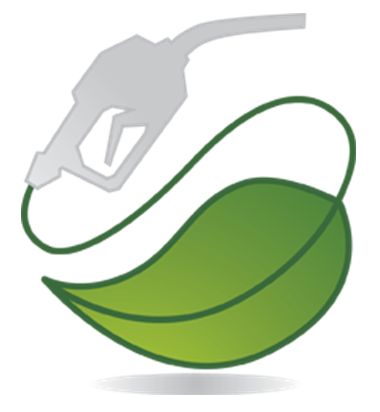You’ll need to watch this video if your knowledge of the issues has so far been mostly constrained to news coverage
As you’ll learn, it’s a big, complex and diverse topic, but the talk we have selected for you here sets out both sides: the most exciting and promising key developments as well as the tradeoffs and uncertainties that investors and policy makers will need to take into account
The talk was a tutorial session called Biofuels 101
It was given by Professor Chris Field at an event entitled:
Creating a Sustainable Energy System for the 21st Century and Beyond
This talk was included in a set of tutorials keynotes and panels in the Research Symposium 2010 hosted by GCEP (Global Climate and Energy Project) at Stanford University on September 28th and 29th, 2010
Chris Field is the director of the Carnegie Institution’s Department of Global Ecology, Professor of Biology, Professor of Environmental Earth System Science, and FSI Senior Fellow, by courtesy, Stanford University.
Here’s a press release (February 28, 2011) for a story about some relevant research conducted by the Carnegie Institution:
Scientists identify new implications of perennial bioenergy crops
A team of researchers from Stanford University, the Carnegie Institution for Science, and Arizona State University has found that converting large swaths of land to bioenergy crops could have a wide range of effects on regional climate.
It’s not just about greenhouse gases
“Almost all of the work performed to date has focused on the carbon effects. We’ve tried to expand our perspective to look at a more complete picture. What we’ve shown is that it’s not all about greenhouse gases, and that modifying the landscape can be just as important.”
“More study is needed to understand the long-term implication for regional water balance. This study focused on temperature, but the more general point is that simply assessing the impacts on carbon and greenhouse gases overlooks important features that we cannot ignore if we want a bioenergy path that is sustainable over the long haul.”
Matei Georgescu, a climate modeler working in ASU’s Center for Environmental Fluid Dynamics.
In an effort to help wean itself off fossil fuels, the U.S. has mandated significant increases in renewable fuels, with more than one-third of the domestic corn harvest to be used for conversion to ethanol by 2018. But concerns about effects of corn ethanol on food prices and deforestation had led to research suggesting that ethanol be derived from perennial crops, like the giant grasses Miscanthus and switchgrass. Nearly all of this research, though, has focused on the effects of ethanol on carbon dioxide emissions, which drive global warming.
Matei Georgescu, a climate modeler working in ASU’s Center for Environmental Fluid Dynamics and his colleagues report their findings in the current issue (Feb. 28, 2011) of the Proceedings of the National Academy of Sciences (see Direct climate effects of perennial bioenergy crops in the United States). Co-authors are David Lobell of Stanford University’s Program on Food Security and the Environment and Christopher Field of the Carnegie Institution for Science, also located in Stanford, California.
In their study, the researchers simulated an entire growing season with a state-of-the-art regional climate model. They ran two sets of experiments – one with an annual crop representation over the central U.S. and one with an extended growing season to represent perennial grasses. In the model, the perennial plants pumped more water from the soil to the atmosphere, leading to large local cooling.
“We’ve shown that planting perennial bioenergy crops can lower surface temperatures by about a degree Celsius locally, averaged over the entire growing season. That’s a pretty big effect, enough to dominate any effects of carbon savings on the regional climate.” said Lobell.
The primary physical process at work is based on greater evapotranspiration (combination of evaporated water from the soil surface and plant canopy and transpired water from within the soil) for perennial crops compared to annual crops.


